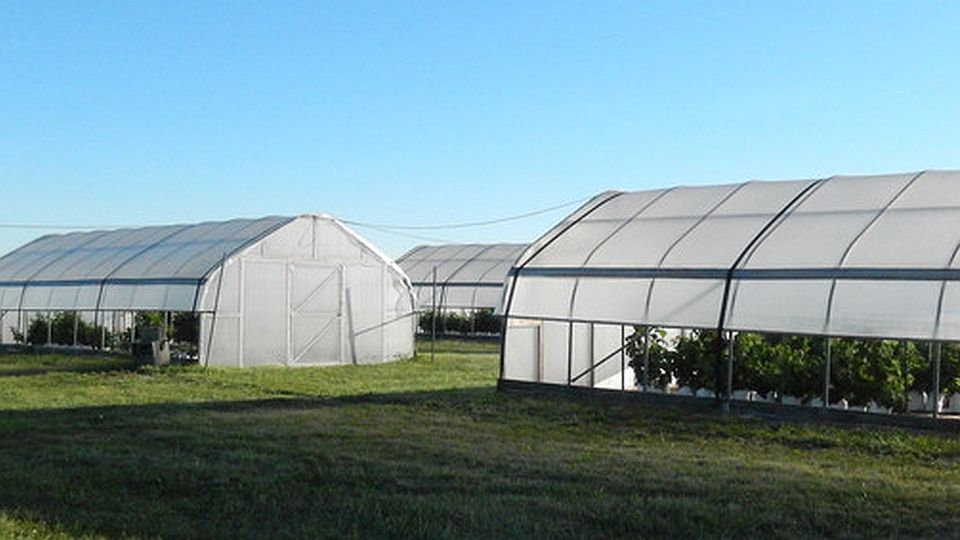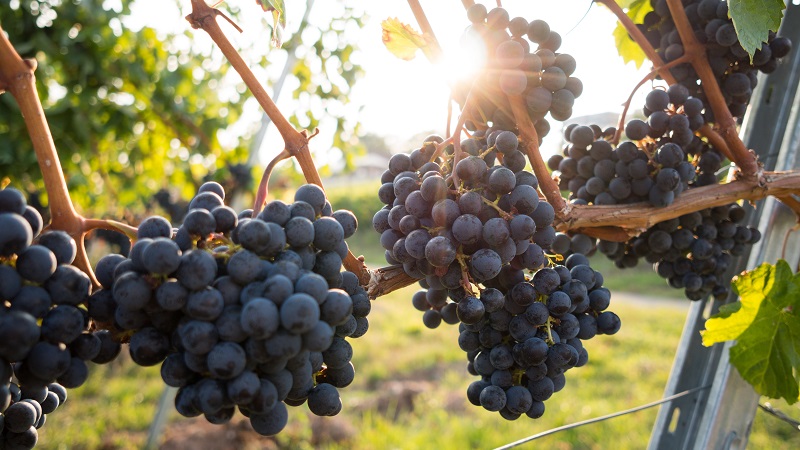Researchers Examining Potential for Longer Berry Season in Northeast

At the Horticulture Research Farm at Penn State, researchers have grown a wide variety of crops in 32 high tunnels (6 feet or higher), launching a widespread adoption of season-extension technologies by growers. (Photo: Kathleen Demchak)
It’s no secret that consumers’ interest in berries continues to grow thanks in part to berries’ health benefits. For most of the country, though, the growing window for these small fruits is very limited. Which is where a team of researchers from Penn State University are hoping to capitalize on this growing demand through extending the local fruit availability.
Kathleen Demchak, Senior Extension Associate in the Department of Plant Science, and Bill Lamont, Professor of Vegetable Crops at Penn State University, are among a group of researchers examining how the use of high and low tunnels and plastic coverings extend the growing season for strawberries and raspberries. The group is hoping to use these coverings to increase yields while also reducing pesticide use and improving berry quality and shelf-life.
“National demand for fresh strawberries and raspberries is strong and growing, but most domestic production occurs in select regions of the United States with the most suited climate,” Demchak says. “Growers in the Northeast are in a great position geographically to supply more berries to consumers. But our growing season is short, temperatures are variable, and rainy weather during harvest can be a big problem.”
The research team is looking at the effects of tunnel coverings infused with UV light blockers and stabilizers and infrared light blockers. The team is using five types of plastics and a variety of UV and infrared transmittance characteristics and the effects on plants, insect, and diseases in both high and low tunnels.
“If we can control UV light in the tunnels by channeling its positive effects and limiting the negative, we hope to see an improvement in growth and reduction of disease,” Demchak said.
The team is also looking at how temperature control and type of plastic is affected by infrared wavelengths. These plastics could reduce heat loss and heating costs in early and late season, when growers are using the high and low tunnels to extend the growing season.
“The methods we’re testing show great promise and have the potential to help farmers and consumers alike. It’s very exciting research,” she said.










